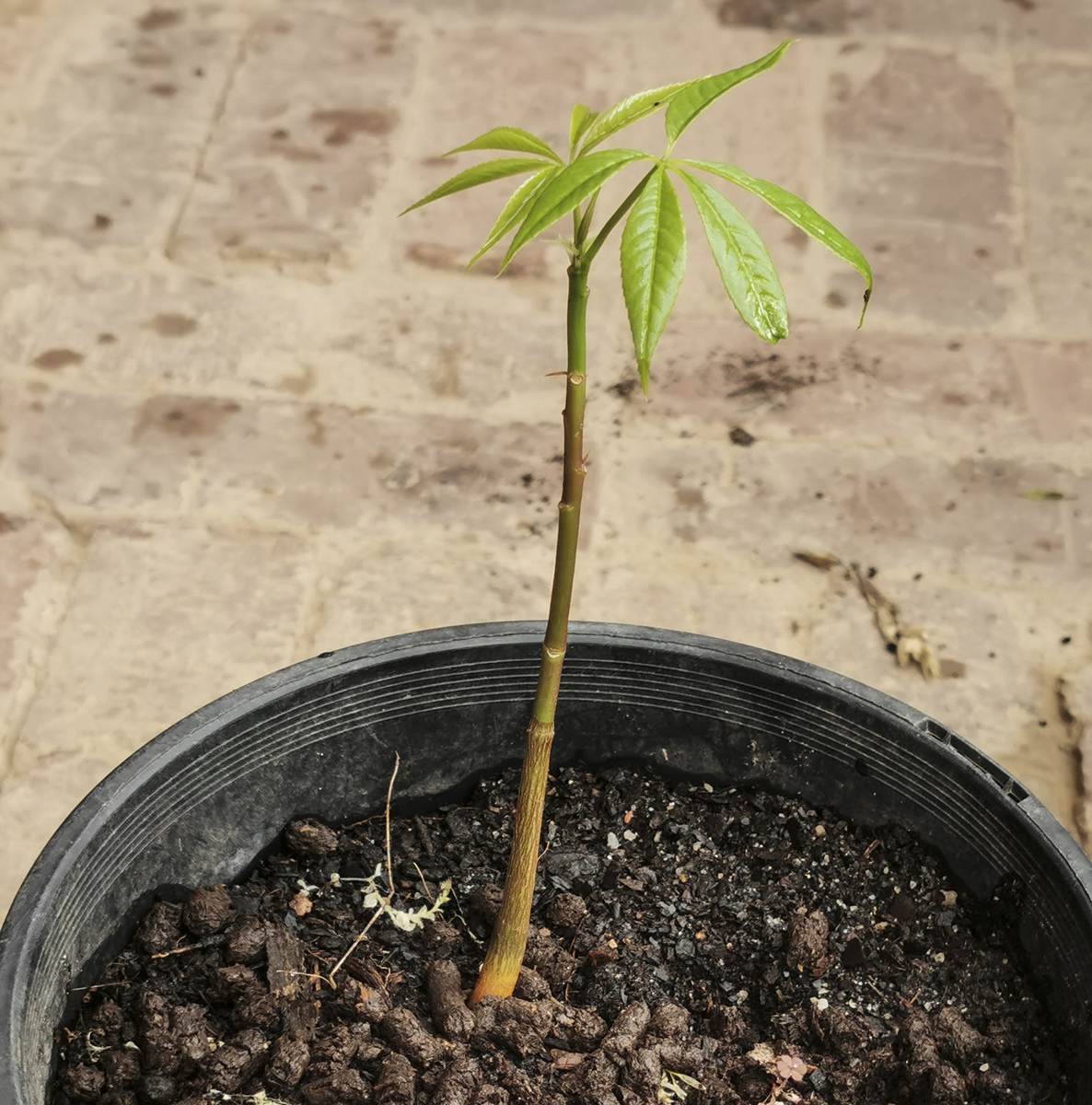 |
The silk floss tree (Ceiba speciosa, formerly Chorisia speciosa), is a species of deciduous tree native to the tropical and subtropical forests of South America. It has several local common names, such as palo borracho (in Spanish literally “drunken stick”), samu’ũ (in Guarani) or paineira (in Brazilian Portuguese). In Bolivia, it is called toborochi, meaning “tree of refuge” or “sheltering tree”. It belongs to the same family as the baobab, brachychitons and the kapok.
It is resistant to drought and moderate cold. It grows fast in spurts when water is abundant, and sometimes reaches more than 25 metres (82 ft) in height. Its trunk is bottle-shaped, generally bulging in its lower third, measuring up to 2 metres (7 ft) in girth. The trunk is also studded with thick, sharp conical prickles which deter wild animals from climbing the trees. In younger trees, the trunk is green due to its high chlorophyll content, which makes it capable of performing photosynthesis when leaves are absent during the winter; with age the trunck turns to gray. |